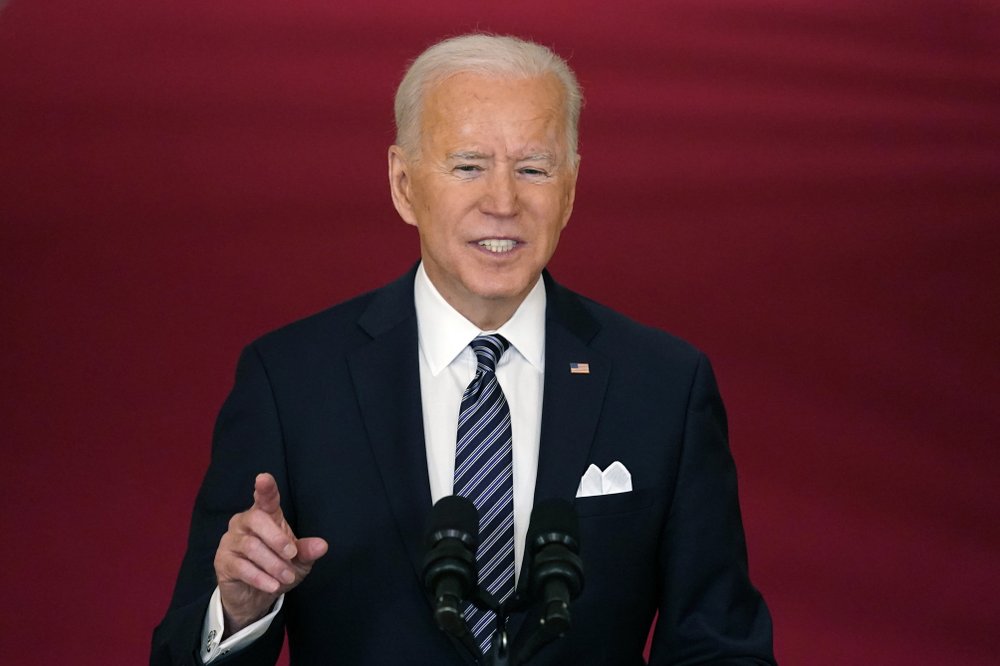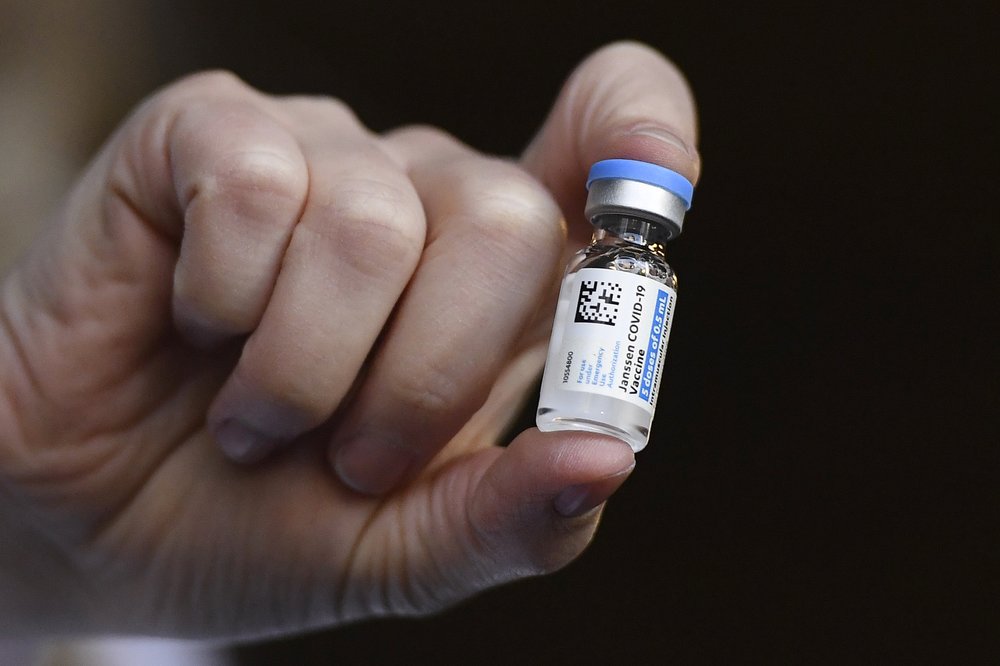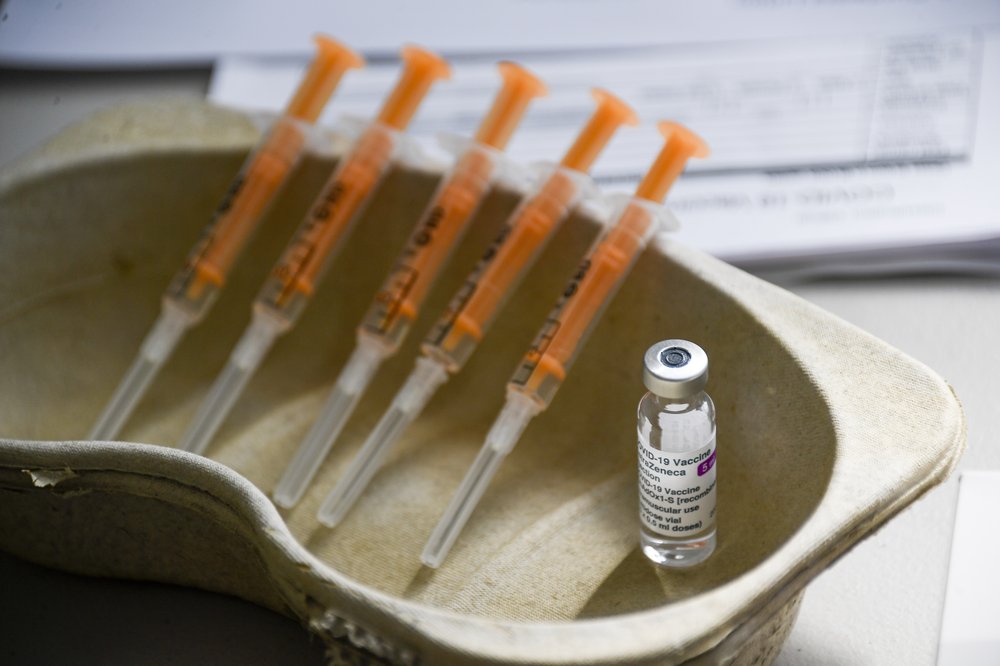While several of Orange County’s minority communities have been underrepresented in the COVID-19 vaccine distribution so far, the county’s efforts to mitigate these barriers appear to be effective when compared to those across the state.
Despite the African American, Hispanic, and Asian American communities of Orange County respectively accounting for 12.4 percent, 8.6 percent, and 8.5 percent of its population, they only represent 9 percent, 5.5 percent, and 6.4 percent of the county residents at least partially vaccinated as of this week.
In comparison, African Americans, Hispanics, and Asian Americans make up 23.1 percent, 9.8 percent, and 3.5 percent of North Carolina’s population. Across the state, however, only 16.6 percent, 3.8 percent, and 2.8 percent of the people that have received at least the first dose of one of the vaccines have been members of these different groups.
Experts say they believe there are many different factors possibly contributing to why minority communities across the country have faced difficulty with being equally included in the vaccine distribution.
Much of these influences have to do with these groups not having easy access to the transportation or technology needed for receiving certain information about vaccination events and registration that many higher-income Americans have at their disposal. In addition, a lack of access to health care has left many members of these communities unfamiliar with the process of trying to get help from medical services.
Renee Price, Chair of the Orange County Board of County Commissioners, said she believes there might also be additional hesitancy about getting the vaccine among Hispanic and African American people. This hesitancy, she said, can be traced back to undocumented members of the Hispanic community being wary of going to a government-run facility for services and historic distrust among some of the African American community towards the U.S. healthcare system.
In response to these factors, Orange County has pursued a series of different efforts to help combat the barriers preventing the easy access of vaccines to minority communities. These have included creating community outreach programs, providing free public transportation to vaccine sites, and facilitating improved communication with these groups.
The Human Services Consulting Group is composed of community partners, advocates, and church leaders that represent each of these underrepresented communities. Not only do these volunteers work to directly inform and encourage community members to get vaccinated, they can personally register them and help determine possible locations to set up remote vaccination clinics.
“These are the folks that have the most knowledge and the most connections to our community,” said Beverly Scurry, strategic plan manager for the Orange County Health Department’s Board of Health. “So why not enlist their help to raise awareness, spread education, give out materials, and actually do the registering of our community members?”
Thanks to the work of these individuals, the county has seen success with the remote vaccination clinics set up at the Hargraves Community Center and within the Cedar Grove Community.
On top of working to physically bring the vaccines closer to these communities, the county has also sought to mitigate transportation issues by enlisting Orange County Public Transit to provide free rides to vaccination sites.
And in another effort to help provide easier access to information, call lines have been set up with translators available to answer questions about the vaccines and assist residents with registering to get one from the Orange County Health Department. These services are available by calling (919) 913-8088.
“We’re doing all we can to knock down any obstacles or barriers that might get in the way of people getting their vaccine,” Price said. “We’re talking about a pandemic, so it does no good to neglect anybody because one person or family could cause the spread of this virus and we’re trying to curb it in all people.”
While members of the American Indian or Alaskan Native communities only make up 0.7 percent of Orange County’s population, they also remain underrepresented by accounting for only 0.3 percent of the residents that have at least been partially vaccinated so far. And although these two communities make up 1.7 percent of North Carolina’s population, they also only account for 0.8 percent of the people across the state that have received at least their first dose of one of the vaccines.
Up-to-date information about the numbers and demographics of vaccinated North Carolinians can be found in the North Carolina Department of Health and Human Services’ Vaccination Dashboard. Additional information about vaccine eligibility, providers, and registration is available on the Orange County Health Department’s Vaccine Page.
Chapelboro.com does not charge subscription fees. You can support local journalism and our mission to serve the community. Contribute today – every single dollar matters.







